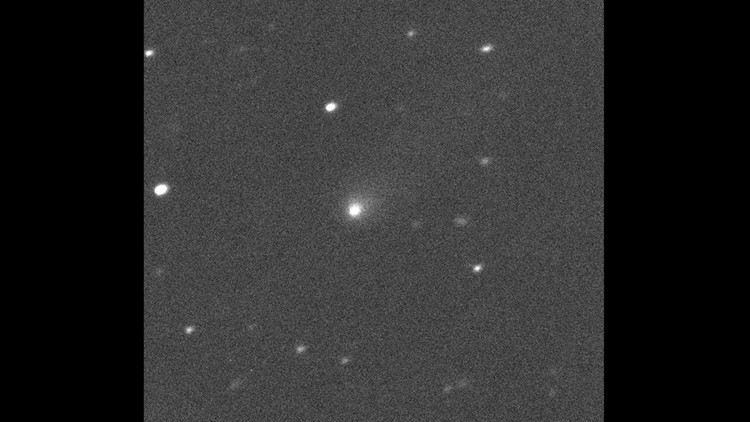Almost two years after the first interstellar visitor was detected in our solar system, astronomers believe they’ve found one that’s incoming, according to NASA. The first object, known as ‘Oumuamua, was found in October 2017. Interstellar means that the object originated from outside of our solar system.
On August 30, Gennady Borisov spotted a new comet while at the MARGO observatory in Crimea.
After this initial observation, the Scout system at NASA’s Jet Propulsion Laboratory also flagged the object as possibly originating from outside of our solar system. Scout assesses recently found objects from the Minor Planet Center for hazards and potential trajectories.
Follow-up observations of the comet ensued, including Davide Farnocchia at NASA’s Center for Near-Earth Object Studies and the European Space Agency’s Near-Earth Object Coordination Center.
The object, now known as C/2019 Q4 (Borisov) hasn’t officially been confirmed to have an origin point outside of our solar system.
But we’ll get a chance to know the comet better soon. It’s heading for the inner part of our solar system and will enter it on October 26. To look at it right now through telescopes from our vantage point on Earth, it appears close to the sun. It will be visible through professional telescopes for months.
The comet is making its way toward our sun. The closest it will come to Earth is a distance of 190 million miles. Currently, it’s 260 million miles away from our sun and will make its closest approach on December 8.
“The comet’s current velocity is high, about 93,000 mph, which is well above the typical velocities of objects orbiting the Sun at that distance,” said Farnocchia. “The high velocity indicates not only that the object likely originated from outside our solar system, but also that it will leave and head back to interstellar space.”
The object was designated as a comet because it appears fuzzy. Comets tend to look fuzzy because they’re icy and release dust and particles as they heat up on approach to the sun.
‘Oumuamua only had a quick visit with us in 2017. This comet’s stay should be a bit longer.
“The object will peak in brightness in mid-December and continue to be observable with moderate-size telescopes until April 2020,” said Farnocchia. “After that, it will only be observable with larger professional telescopes through October 2020.”
Researchers who detected and confirmed ‘Oumuamua have also observed the comet, including Karen Meech and her colleagues at the University of Hawaii.
For now, they believe the comet is anywhere between 1.2 and 10 miles in diameter. Future observations will shed more light on its size, rotation and path.



